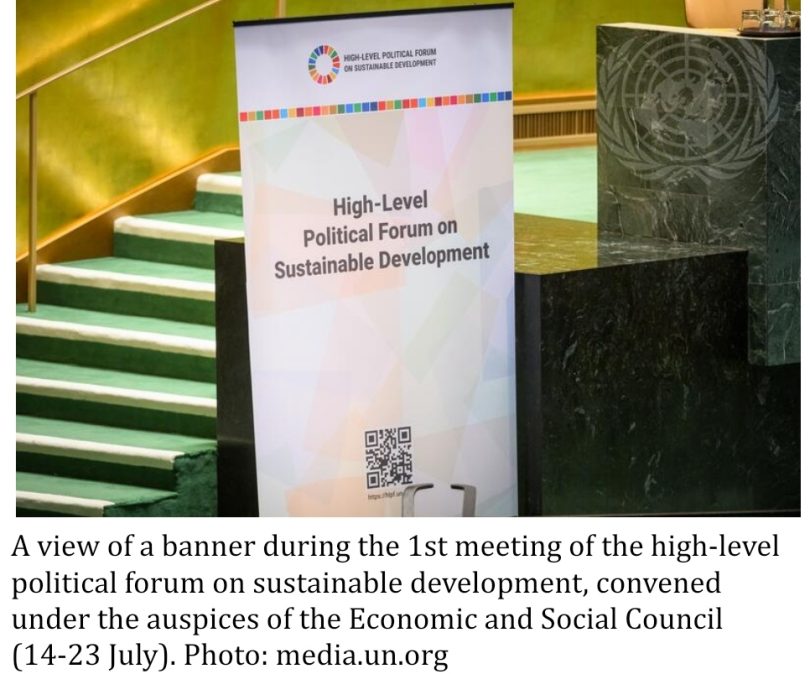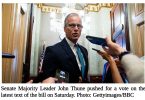Ten years after the world rallied behind the 2030 Agenda and its 17 Sustainable Development Goals (SDGs), the 2025 High-Level Political Forum (HLPF) started under the auspices of the UN Economic and Social Council (ECOSOC). The meeting was held from Monday, 14 July, to Friday, 18 July 2025. A three-day ministerial segment of the HLPF will follow, from Monday, 21 July, to Wednesday, 23 July.
As delegates gathered at the UN Headquarters in New York, a commemorative video marked the milestone, featuring images of hope, progress, and poignant reminders of stagnation and backsliding. The message was clear and motivating: this isn’t a celebration; it’s a wake-up call.
A Development Emergency in a Fractured World
Opening remarks by UN Deputy Secretary-General Amina Mohammed struck a sombre note, framing the global situation as a “development emergency” marked by rising inequality, debt burdens, climate disruption, and a shrinking window to course-correct. Just 17% of SDG targets are on track, with over $4 trillion now needed annually to close the financing gap. Against this backdrop, Mohammed called for “decisive implementation,” moving past discourse and into concrete, localized solutions. ECOSOC Vice President Anatolio Ndong Mba echoed these concerns, urging nations to draw momentum from multilateral platforms like the Pact for the Future and FFD4 to reinvigorate the delivery of the SDGs.
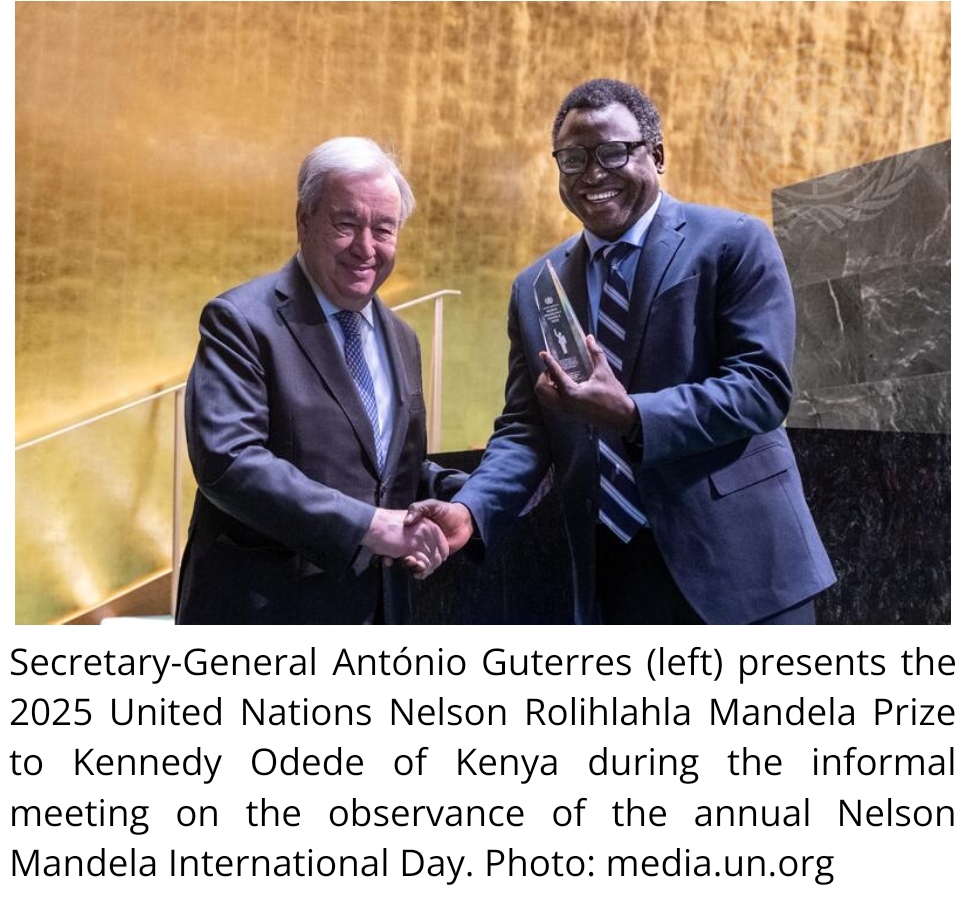
UN Under-Secretary-General Li Junhua presented the stark numbers. Over 800 million people remain in extreme poverty, and 2024 was recorded as the hottest year in history. Of the 169 targets under the SDGs, only 35% show any signs of improvement; nearly one-fifth are actively regressing. Junhua emphasized six critical transition areas: food systems, energy, education, jobs, digital access, and climate, that must be urgently prioritized.
Yet amid this grim landscape, there were glimmers of resilience. Progress continues in localised pockets across education, health, and clean energy access, offering replicable models for broader implementation.
In-Depth Reviews and Acknowledgement of Interlinkages
This year’s HLPF zeroed in on five key goals:
- SDG 3 (Health and Well-being)
- SDG 5 (Gender Equality)
- SDG 8 (Decent Work and Economic Growth)
- SDG 14 (Life Below Water)
- SDG 17 (Partnerships for the Goals)
These choices reflect a strategic emphasis on intersectionality. For instance, the discussion on SDG 8 tied economic growth to sustainable production patterns, with stakeholders calling for policies that prioritise workers, especially in the informal and cooperative sectors. The side event, led by Chile and ICA Americas, explored how cooperatives contribute to economic democracy, particularly in underserved regions, through inclusive business models.
Meanwhile, the SDG 14 session built on the 2025 Ocean Conference outcomes, reaffirming the need for robust marine protection partnerships. Calls were made for stronger follow-up mechanisms and ocean financing strategies, particularly for Small Island Developing States (SIDS), which are on the frontline of climate-induced marine degradation.
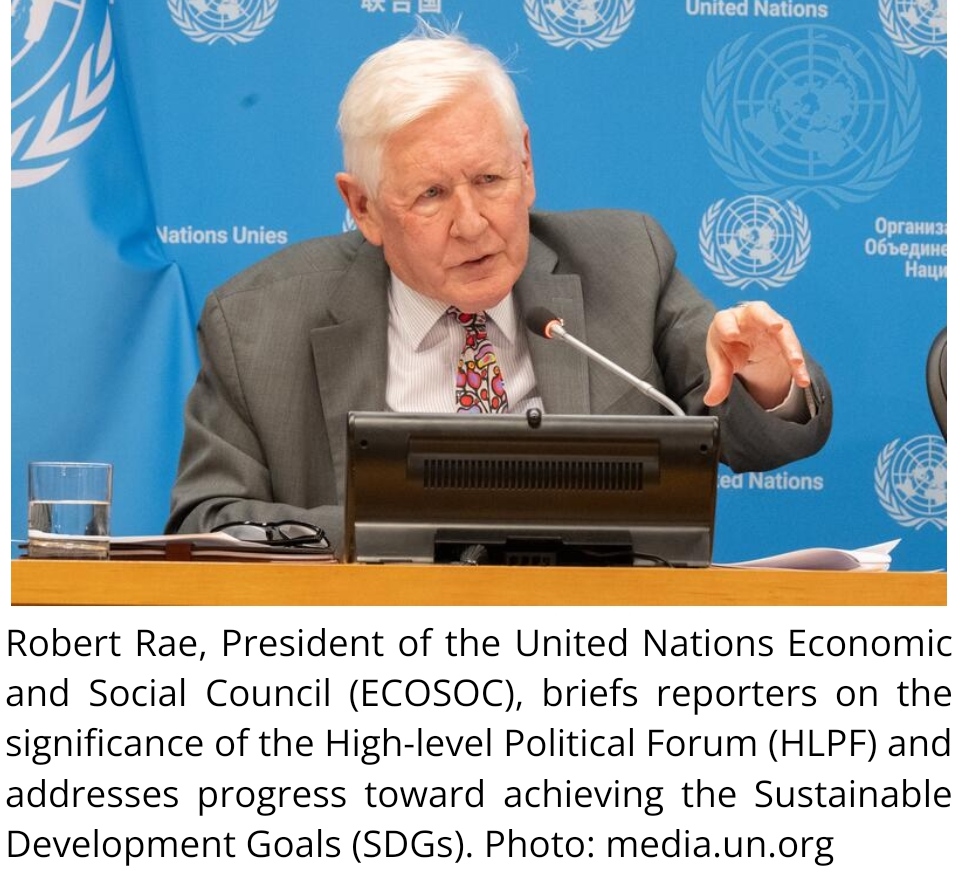
Voluntary National Reviews: National Voices, Global Accountability
The first week of HLPF 2025 also saw the presentation of Voluntary National Reviews (VNRs) from a diverse group of countries. Panels included presentations from Angola, Belarus, the Dominican Republic, Bangladesh, Eswatini, Micronesia, Guatemala, Malaysia, Sudan, Kyrgyz Republic, Saint Lucia, and South Africa.
Several African nations, including Tanzania, Uganda, Mali, Ghana, Lesotho, Zambia, and Zimbabwe, delivered statements reaffirming their commitment to achieving the SDG progress. Many highlighted national priorities like youth employment, social protection, and climate adaptation, while also calling for fairer financing and more inclusive global governance. South Africa’s VNR notably emphasized the need for reforming global economic institutions, citing structural disadvantages in trade and climate financing mechanisms.
Spotlight on Energy: The SDG7 Progress Report
Energy featured prominently in the week’s discussions, with the high-level launch of the Tracking SDG7: Energy Progress Report 2025. Co-chaired by UN-Energy’s Damilola Ogunbiyi and Haoliang Xu, the session confronted the dual challenges of energy access and energy transition.
The findings were sobering: the world is off track to deliver universal energy access and transition to clean energy in a timely manner. Yet the session was not without optimism. The SDG7 Policy Briefs, launched alongside the report, demonstrate how energy is linked to gender equity, job creation, and healthcare. The extension of the UN Decade of Sustainable Energy for All until 2030 and preparations for COP30 in Belém were presented as key moments to renew global resolve.
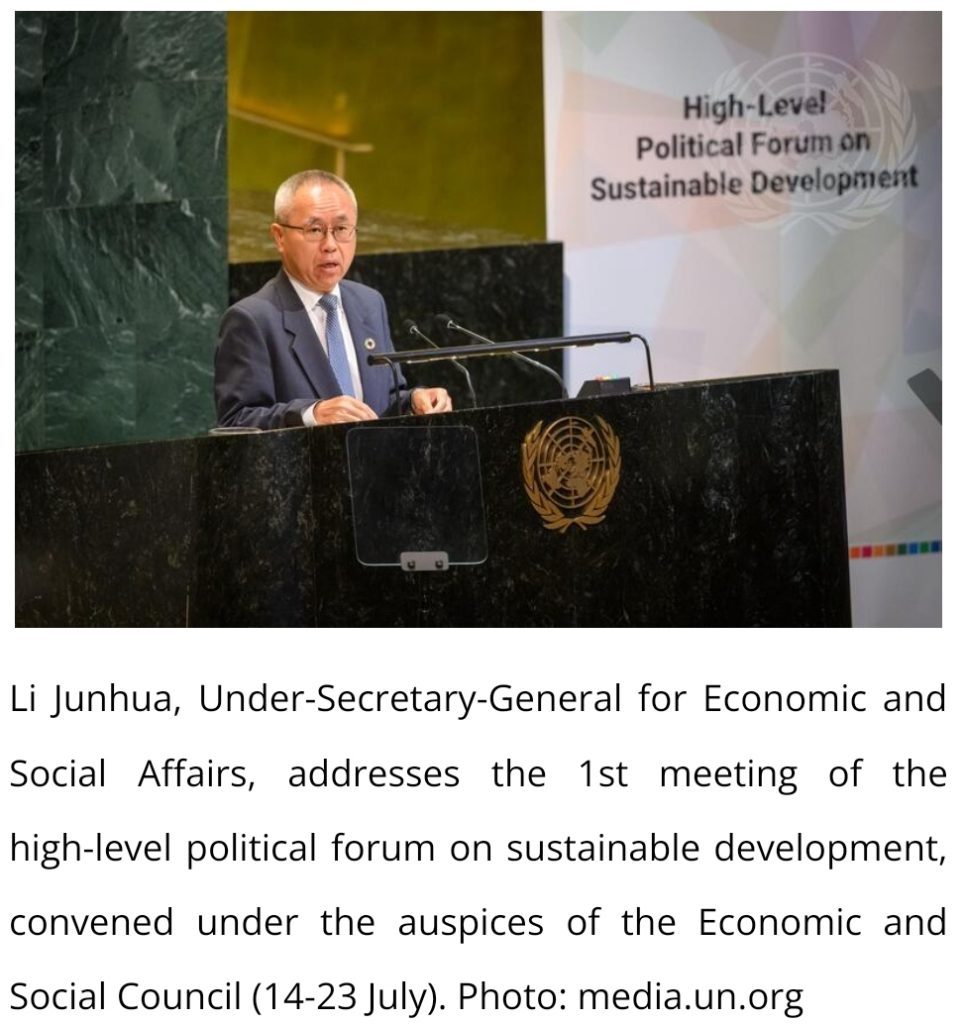
UN-Energy is now developing a Plan of Action towards 2030, aimed at coordinating support across UN agencies and aligning financing to accelerate the global energy transition. The message from Li Junhua and his colleagues was clear: energy is not just an enabler—it’s a make-or-break pillar for the SDGs.
Bridging the Velocity Gap in Technology, Equity, and Innovation
A new town hall series on technology and innovation, moderated by Claver Gatete of the UN Economic Commission for Africa, focused on narrowing the “innovation velocity gap.” The digital divide remains a significant barrier to SDG progress, particularly in low-income and rural regions. Speakers emphasized the urgent need to expand digital public infrastructure and align technological innovation with inclusive policies, ensuring that breakthroughs in AI or fintech serve the many, not the few.
Focus on Urban Poverty and Children in Slums
One of the most poignant moments of the week was Thursday’s side event, which spotlighted children in slums and informal settlements, a group often overlooked in national SDG strategies. Findings from UNICEF’s global evaluation made a compelling case for why slum-dwelling children must be prioritized. Speakers showcased working models, including India’s Ward Health Action Plans and Kenya’s Muungano Alliance, as well as new multisectoral urban strategies piloted by UNICEF and its partners.
Concrete recommendations included embedding slum-responsive policies into VNRs, leveraging community-generated data, and forging new partnerships with civil society and local governments to “leave no one behind” not in rhetoric, but in budgets, policies, and program design.
Gender, Science, and Mandela
Other key discussions included the launch of a new Policy Brief on Gender Indicators for Sustainable Energy, which called for improved data systems to ensure that women are not left out of the energy transition. A separate side event highlighted the role of evidence-based drug policy in improving outcomes for public health, HIV prevention, and marginalized populations.
And in a timely reminder of the values that undergird the 2030 Agenda, the forum also marked Nelson Mandela Day, reflecting on the late statesman’s legacy in social justice, gender equality, and reconciliation.
Written by Florence Omisakin.


